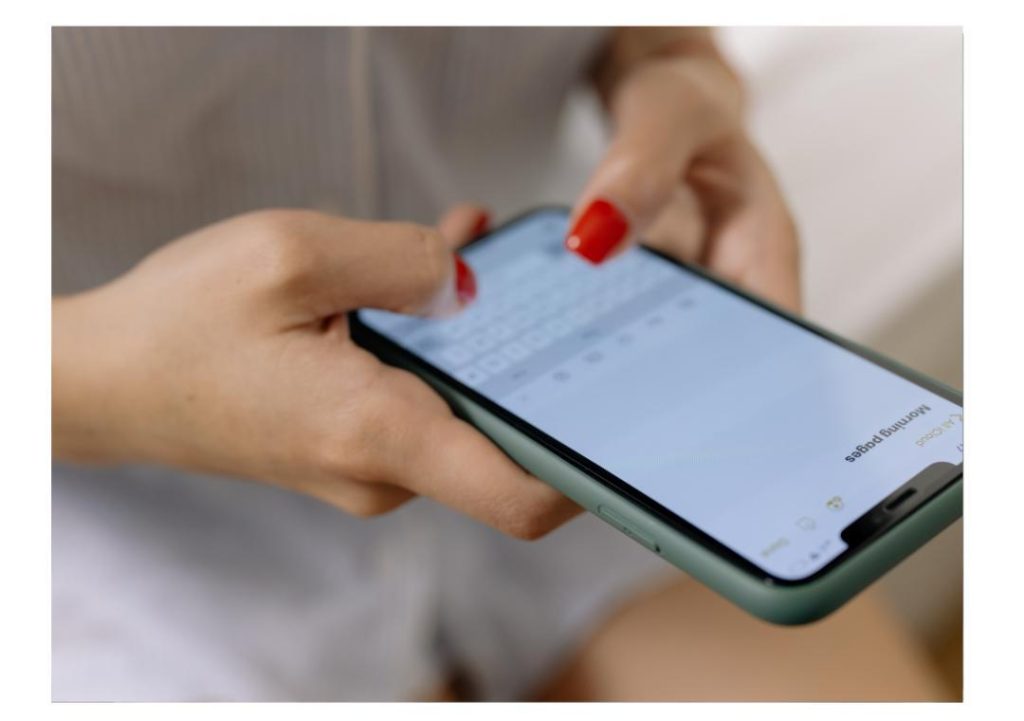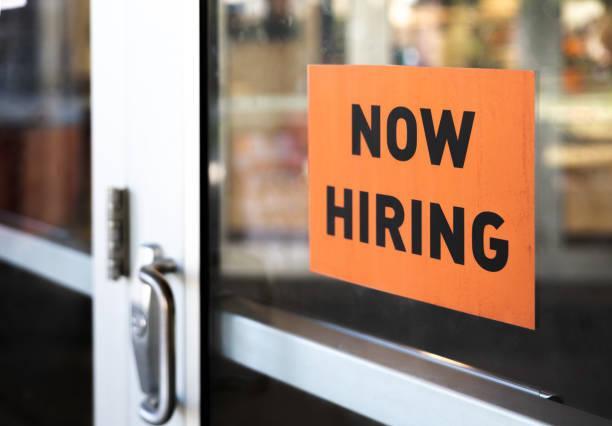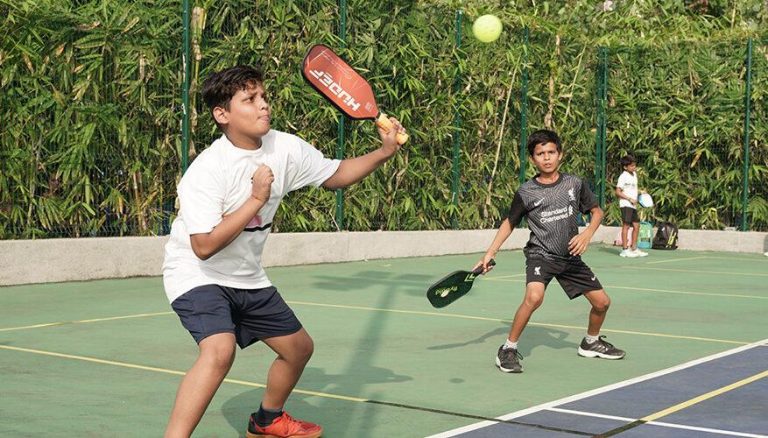
Swipes before Bites? Which is better?
In the world of food tech, the user interface (UI) and user experience (UX) are not just about aesthetics; they are the appetizer before the meal. A well-designed interface can make users crave more, while a clunky one can leave customers feeling unfulfilled and abandoning their carts before checkout. In this blog post, we’ll explore the importance of UI/UX in food tech and discuss whether swipes or bites are better.
The Importance of UI/UX in Food Tech
In the food tech industry, UI/UX is crucial because it sets the tone for the entire user experience. A seamless and intuitive interface can make the difference between a customer placing an order and abandoning it. When designing a food delivery app, restaurant owners and developers must consider the following:
- Menu Navigation: A well-organized and easily accessible menu is essential for customers to find what they’re looking for quickly and efficiently.
- Visuals: High-quality images and videos can make food look irresistible, increasing the chances of customers ordering.
- Order Placement: A smooth ordering process is critical to prevent cart abandonment.
- User Retention: A well-designed app can encourage customers to return for more, increasing repeat business and loyalty.
Swipes vs. Bites: Which is better?
In the world of food tech, there are two primary approaches to UI/UX: swipes and bites. While both methods have their advantages and disadvantages, we’ll explore which one is better suited for food delivery apps.
Swipes:
Swipes, also known as infinite scrolling, are a popular UI trend in food tech. This approach allows customers to endlessly scroll through menus, discovering new dishes and promotions. Swipes have several benefits:
- Increased Engagement: Swipes encourage customers to explore more, increasing engagement and the chances of discovering new favorite dishes.
- Effortless Navigation: Swipes simplify menu navigation, making it easy for customers to find what they’re looking for.
- Visual Appeal: Swipes can be visually appealing, showcasing a wide variety of dishes and promotions in a single screen.
However, swipes also have some drawbacks:
- Overwhelming: Too many options can overwhelm customers, leading to decision paralysis and increased cart abandonment.
- Slow Loading Times: Swipes can result in slower loading times, which can be frustrating for customers.
Bites:
Bites, also known as categorical menus, are an alternative approach to UI/UX in food tech. This method groups dishes into categories, making it easier for customers to find what they’re looking for. Bites have several benefits:
- Simplified Navigation: Bites simplify menu navigation, making it easy for customers to find specific dishes.
- Faster Loading Times: Bites typically result in faster loading times, reducing frustration and increasing user satisfaction.
- Clearer Categorization: Bites provide clear categorization, making it easier for customers to find specific dishes and promotions.
However, bites also have some drawbacks:
- Limited Discovery: Bites can limit discovery, making it harder for customers to stumble upon new dishes and promotions.
- Less Visual Appeal: Bites may not be as visually appealing as swipes, potentially reducing customer engagement.
Conclusion
In conclusion, both swipes and bites have their advantages and disadvantages. While swipes can increase engagement and visual appeal, they can also overwhelm customers and result in slower loading times. Bites, on the other hand, simplify navigation and provide faster loading times, but may limit discovery and visual appeal.
Ultimately, the best approach depends on the specific needs and goals of the food delivery app. By considering the benefits and drawbacks of both swipes and bites, developers can create a UI/UX that maximizes user engagement, retention, and ultimately, sales.
Source
https://www.growthjockey.com/blogs/social-media-trends-india-global






